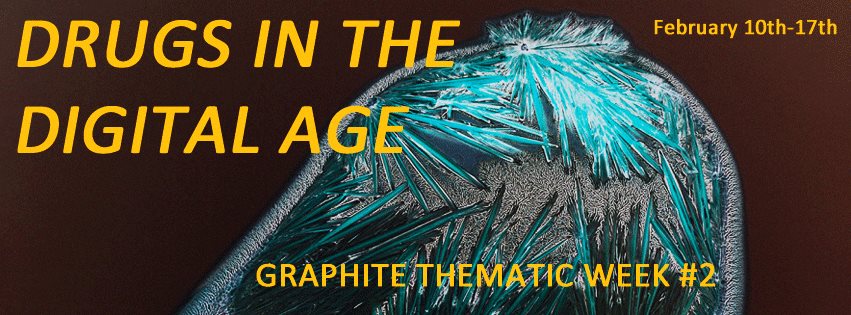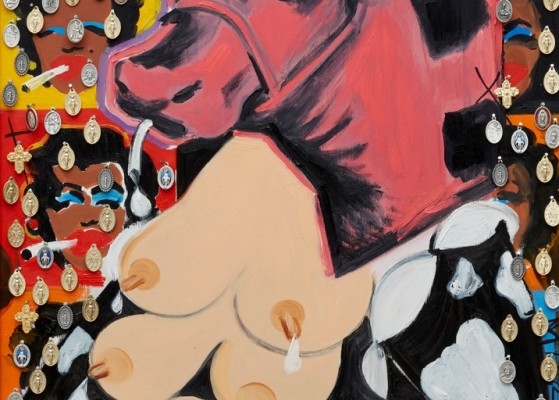The Driscoll Babcock Gallery in NYC is currently featuring the work of Margaret Bowland, an artist and painter whose work is heavily symbolic in its exploration of issues of race, gender and beauty in contemporary social thought. Her art divulges to us various stereotypes of physical attractiveness.
Bowland reminds her viewers of the US’ history in slavery and racism by expressing how whiteness came to be associated with beauty and virtue. African American communities internalized the perception that their skin color was less desirable, as white skin increasingly became linked to a higher social status. In Bowland’s depiction of a beautiful young black girl, she shows that dark skin can also be beautiful. Even though the little girl’s face is smudged in white paint and her head is covered with cotton wreaths and dripping tar, making an unmistakable allusion to cotton plantations and slavery from the 18th century, her natural beauty is undeniable.
The use of white paint on the skin of her black muse, her inclusion of cotton, and use of tar in the sitter’s hair, is representative of the social inequalities that are still present in our contemporary cultures. If we take into consideration the meaning that humans have generally given to “whiteness” across centuries, we will find that it has been used to add more value. For example, this method of using white as a way of representing purity and righteousness dates all the way back to biblical times. In Revelation 19:8, God’s holy people wore white as it stood for virtue. Further in history, during the Renaissance, the ideal woman was always depicted as extremely light skinned which made her look wealthier, pure, chaste and more valuable to its viewers.
Not only does Bowland explore issues of skin color, but issues of race and of identity are highly illustrated in her work. Developing a sense of self is essential to any individual’s path to maturity. Through Bowland’s entire collection, she tries to show how identity should be constructed on the basis of various traits and experiences, on shared values, beliefs and concerns, rather than on one’s ascribed traits. She shows the viewer that the sitter’s skin color isn’t going to interfere in her growth and in the search for beauty within.
As questions of race and identity arise in the viewers’ minds, gender is another theme that will elicit inquiries. Art History has shown us that women in art were mainly mere creations of the male gaze. If they weren’t highly sexualized, they were absolutely idealized. However, nowadays women have the power to challenge that male view. One of her paintings, Nakedness Has No Color, depicts a completely naked woman, who, despite her exposed body, does not look sexualized at all. Bowland exposes women in an attempt to show the ways in which they are more than just aesthetically pleasing nudes. She raises awareness of what it is that makes people beautiful and shows us how internalized anguish and basic human fragility can lead to acceptance of our own beauty.
Her work is on view through April 13th.
- Andrea Salgado


